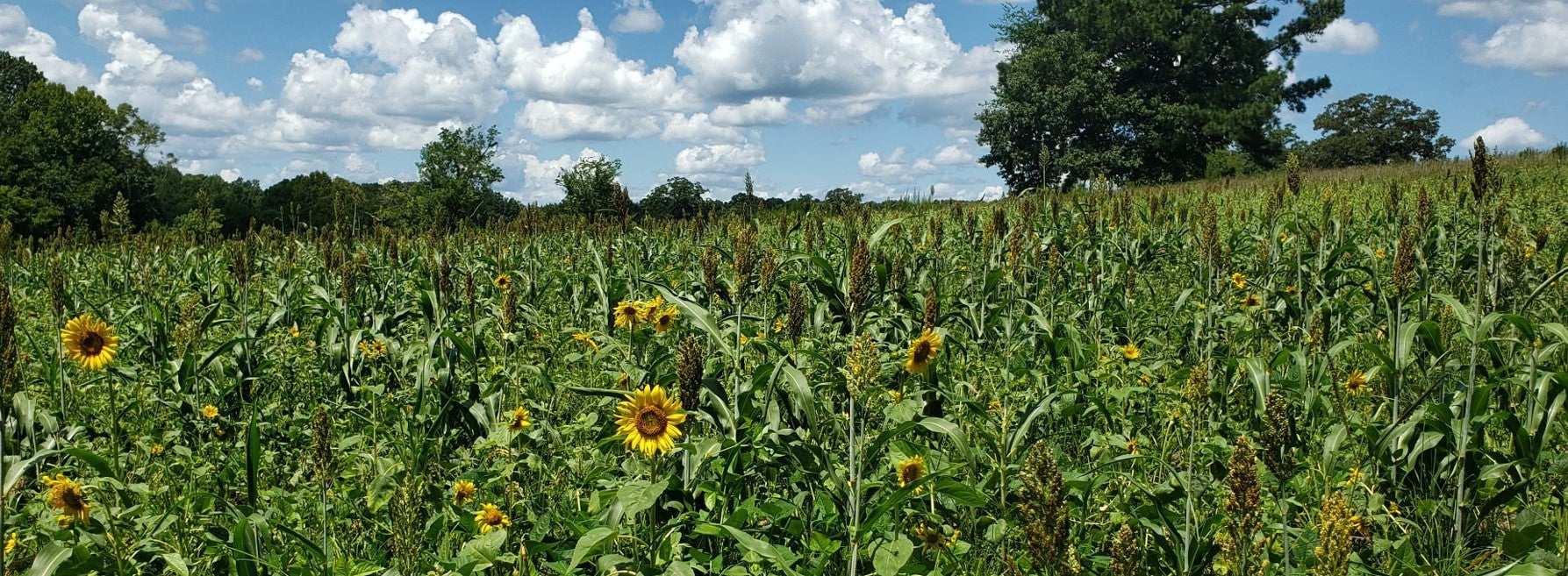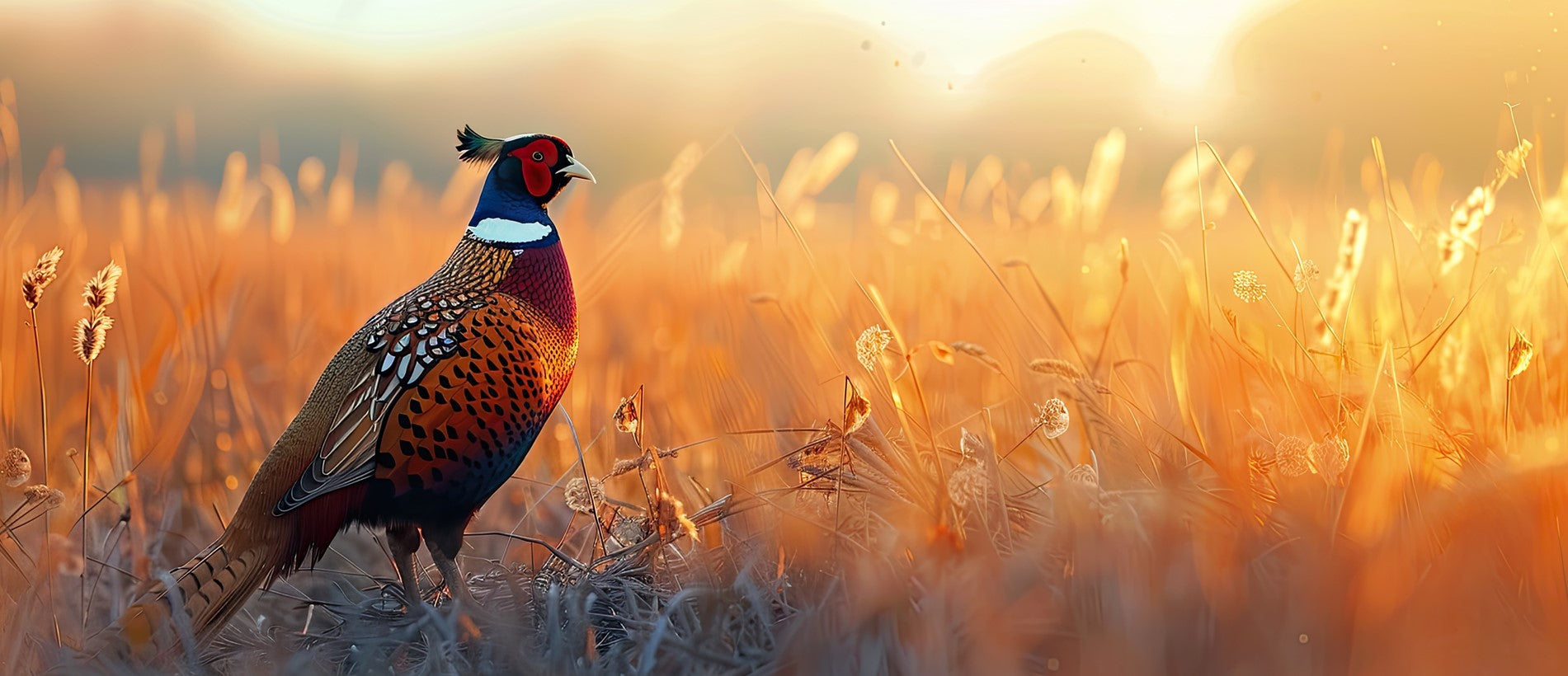Be There When It’s Happening!
 How many stories have you read in outdoor magazines over the years that say something like, “Unraveling The Mysteries of The Rut?” Why do we call it a mystery and why does it have to be unraveled? Okay, I’ll admit there are some mysterious aspects of the rut. For instance, bucks oftentimes seem to disappear for days at a time in late October during time that is often referred to as the “October lull.” This disappearing act usually occurs in late October a week to 10 days before “normal” peak breeding dates. I’ll talk more about that in a moment, but first I want to define what we are talking about. For our purposes here, I’m talking about the peak of the rut, that frenzied period that lasts approximately two weeks each fall when most of the does get bred by bucks that have gone a little crazy.
How many stories have you read in outdoor magazines over the years that say something like, “Unraveling The Mysteries of The Rut?” Why do we call it a mystery and why does it have to be unraveled? Okay, I’ll admit there are some mysterious aspects of the rut. For instance, bucks oftentimes seem to disappear for days at a time in late October during time that is often referred to as the “October lull.” This disappearing act usually occurs in late October a week to 10 days before “normal” peak breeding dates. I’ll talk more about that in a moment, but first I want to define what we are talking about. For our purposes here, I’m talking about the peak of the rut, that frenzied period that lasts approximately two weeks each fall when most of the does get bred by bucks that have gone a little crazy.
During the past 20 years volumes have been written about hunting the various phases of the rut. Through personal experience or at the very least by talking to other knowledgeable hunters most of us know when the peak breeding occurs in the areas we hunt. So it really doesn’t matter whether you’re hunting in northern Maine, the Eastern Shore of Maryland or northern Idaho, knowing what those peak dates are and being in the woods as much as possible during that time is all important. Without question, the most common time period that we see peak breeding dates occur throughout much of North America is that magical time from about Nov. 1 to Nov. 15. This is when peak breeding occurs in most parts of the Mid-West, much of the east and southeast and much of Canada. But there are exceptions and these exceptions occur for a number of reasons.
In Georgia where I live, for instance, there are about eight different peak breeding times throughout the state beginning in late September and running through late November. The same is true in Alabama. In fact, the famed Black Belt area of east-central Alabama has one of the latest peak breeding times on the continent; running from about January 20 to January 31. If you want to kill a monster in that part of Alabama there is no better time to be in the woods.
In both the Georgia and Alabama example the peak breeding dates vary because of the way the deer were restocked back in the 1950s and ’60s. In Georgia, the native deer of the coastal swamps and islands in the southeast portion of the state breed the earliest – in late September. However, deer with Wisconsin genetics that were stocked in Georgia in the central and southern part of the state historically breed from about Nov. 5 to Nov. 15. Dates in other portions of the state are slightly varied as well.
In the fabled South Texas brush country, peak breeding dates occur from around December 15 to New Year’s Day. That’s why it’s not uncommon to have hunters tell stories about seeing and rattling in 15 to 20 bucks in a single day. You might hunt and rattle in that area for three or four days without seeing a thing and suddenly bucks seem to come out of the woodwork. The key of course, is to be there when it’s happening.
The bottom line is if you know when the peak breeding dates are in your area and if you could arrange your schedule so that you could hunt every day during that magical two week period, it doesn’t really matter what part of the country you live in, your chances should be good of seeing a buck chasing a doe, right? In theory yes, but it doesn’t always happen this way. You know, the best laid plans of mice and men….
Weather conditions, the year-to-year feeding patterns of deer (which can change) and hunting pressure can drastically alter your plans. For instance, in Georgia during the 2004 season, a combination of a record acorn crop combined with unusually warm weather and a lot of rain on the weekends produced a situation where buck sightings in October and November were way down. The peak of rut occurred right on time but it wasn’t visible to hunters because most of the breeding bucks stayed deep in the oak woods with the does that were coming into season.
Several landowners I know with lush food plots noted that those food plots were hardly visited until very late in the season after most of the acorns were gone. As a result, a great many bucks survived the season that might not have survived otherwise. Proof of this manifested itself the following season when bow hunters took a bumper crop of mature Pope and Young-class bucks.
That same phenomenon occurred to some degree in the Midwest a year or two later. Because of unseasonably warm temperatures, buck sightings were way down in many areas during peak breeding dates in early November. I bow hunted for a week in Adams County, Illinois, during what was supposed to be one of the best weeks of the season, the second week of November. It was unusually hot and although I saw a lot of young bucks, I never saw a mature trophy buck in the area I was hunting. Nor did anyone else in my camp. Yet during that same time period, less than 30 miles away, several B&C bucks were arrowed by hunters who were sitting out in the same 70-degree temperatures. So how do you explain that?
You can’t other than to say that it’s always somewhat of an odds game because there are always going to be extenuating circumstances. Why? Because whitetails are complex animals and mature bucks are individuals. But the odds are certainly best if you’re out there during those peak dates. So this year, plan to do your scouting well ahead of that time, have your stands set up well in advance, and be ready to move in when the time is right. Plan to stay in your stand all day. Many a rutting buck has been taken in the middle of the day as he chased a doe by some lucky hunter’s stand. Be there when it’s happening!
Posted by Duncan Dobie
Photo by Hardy Jackson











Leave a comment